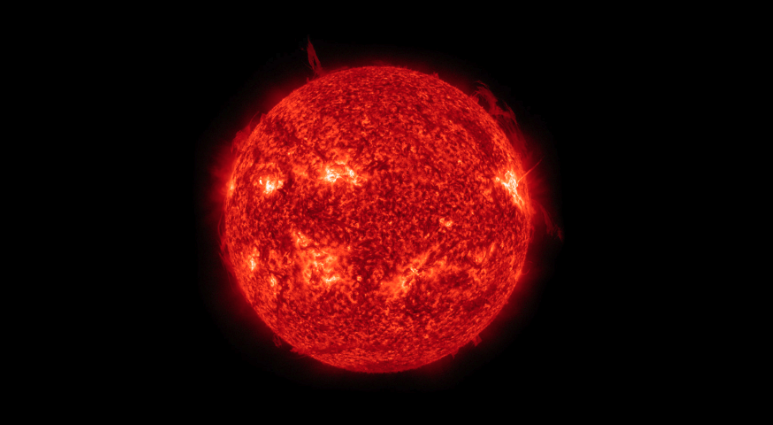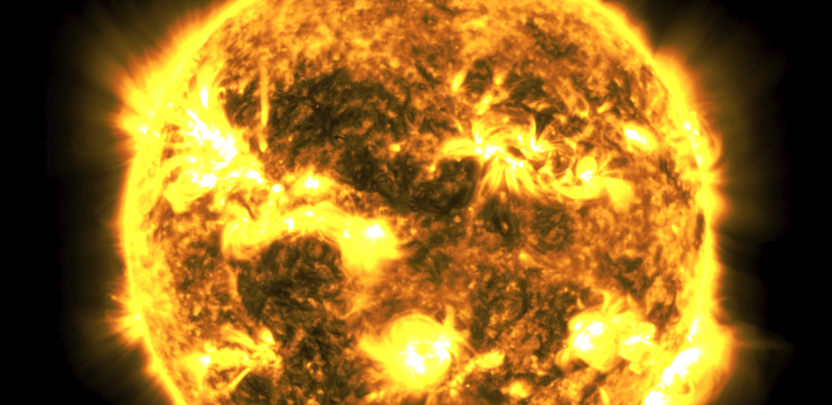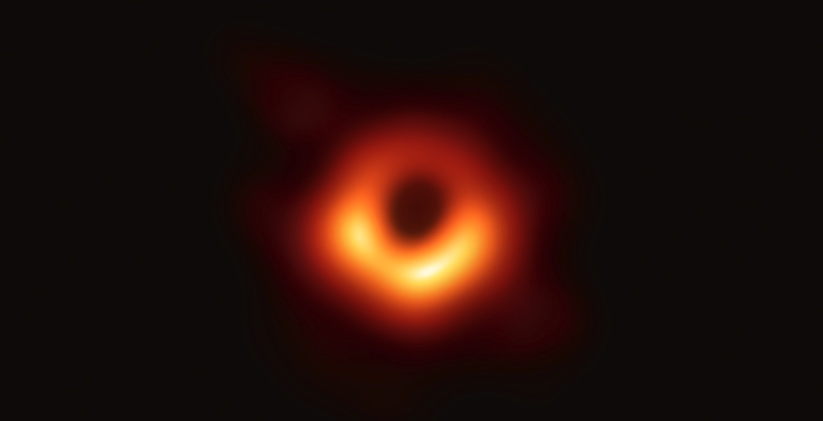Where Do Suns Come From?
Suns are created by gravity. Clouds of debris and gas floating in space are slowly pulled together by gravity. If a sufficient amount of matter is compressed together by gravity, the process of fusion will begin and a new star will be born.

The Orion Nebula is a well-studied “birthing ground” of stars. It is a massive cloud of dust and matter that is slowly clumping together into new stars. Computer simulations based on observations of stars being born in the Orion Nebula suggest that first, a dense, spinning cloud of debris forms, and then in most cases, it breaks up into two or three clumps that develop into stars. These simulations explain why most stars seem to occur in pairs or triplets, like the Alpha Centauri system.
Although astronomers like to talk about things in space happening very slowly, the final deaths and births of stars may occur quite suddenly. For example, a brand-new star suddenly lit up in what is now called McNeil’s Nebula in January 2004. It had probably taken 50 million years for the dust to collapse and condense sufficiently to trigger fusion. Once fusion is triggered, the star stops collapsing because the energy flowing outward keeps the mass in a steady state.

Where does the debris that forms suns come from?
After burning for millions (blue stars) to billions (yellow stars) to tens of billions (red stars) of years, the star eventually runs out of fuel to support fusion, and the mass starts collapsing inward again, forming a hot, dense core and a hugely expanded cooler outer area, namely the star becomes a red giant. What happens next depends on how large the star was in the beginning. Smaller stars collapse into white dwarfs, larger ones explode and leave behind neutron stars, and the largest stars collapse into black holes.
Stars destined to form neutron stars collapse and fusion reactions that form heavy elements like iron take place until the star completely runs out of energy; then, the iron-heavy core collapses on itself and explodes in a massive supernova, which sprays debris in all directions. All of the known elements are created during the process that leads to supernova explosions. The center of what used to be a star collapses into a super dense neutron star and the debris created by the explosion becomes a new star birthing ground.

White Dwarfs vs Black Holes
White dwarfs hang around for a long time and can draw mass away from passing stars, causing them to suddenly ignite in periodic nova explosions. Neutron stars can do this as well. Neutron stars also have strong magnetic fields and they send out beams of radiation. As the star rotates, the beams sweep through space. From Earth, it appears as if periodic pulses of radiation are being sent in our direction; these neutron stars are called pulsars.
Black holes are formed from the largest stars. They go through the red giant and supernova phases, but after the explosion, their core collapses under their massive gravity, and instead of forming a neutron star, they form a black hole. Black holes can only be observed by their gravitational effects on nearby objects, such as neighboring stars, which they consume. During the consumption process, they emit radiation in the form of X and gamma rays, which can be detected.

In summary
New suns are formed from the debris created by old suns dying. It’s a circle of life. The Earth you are standing on was created from a supernova that destroyed an old sun.
